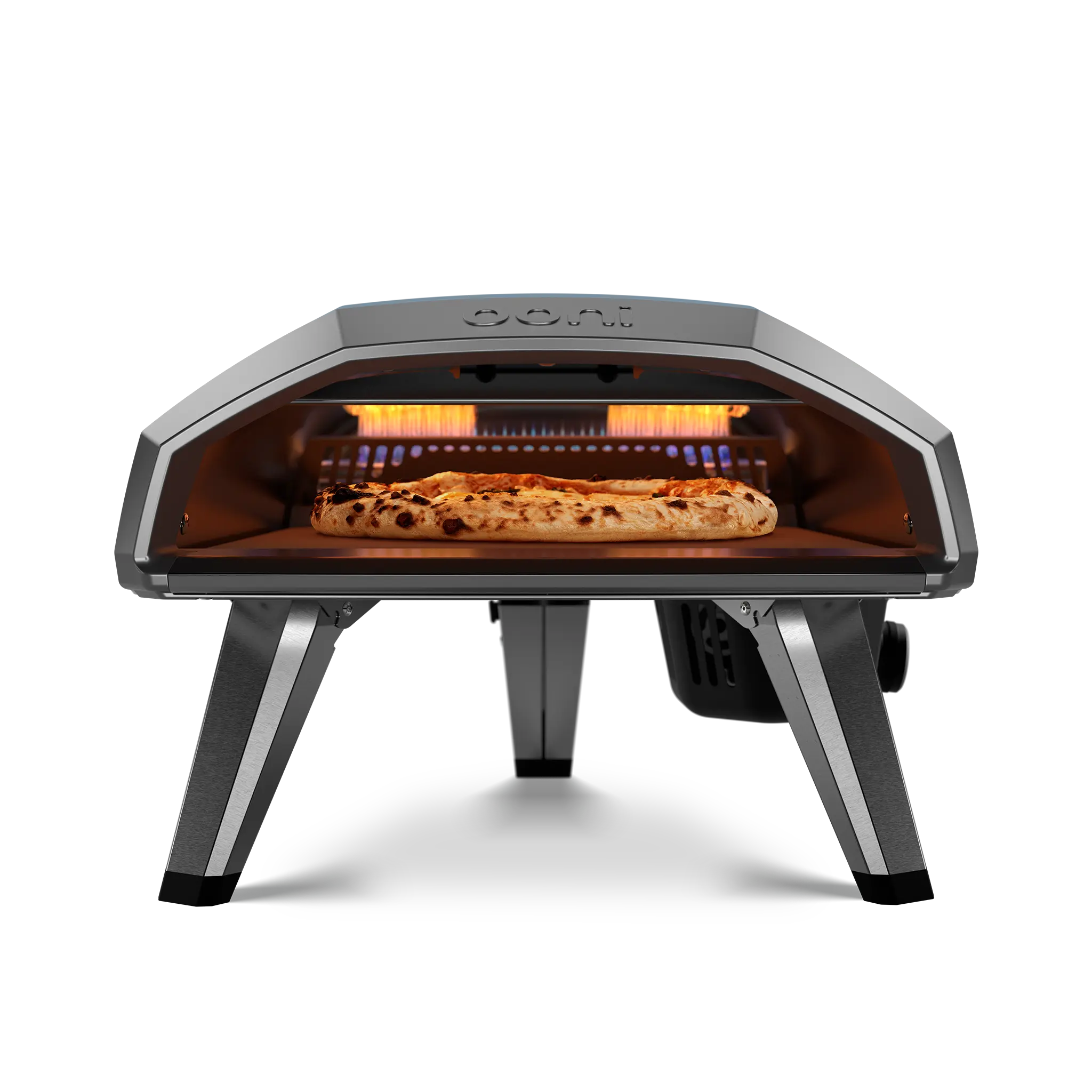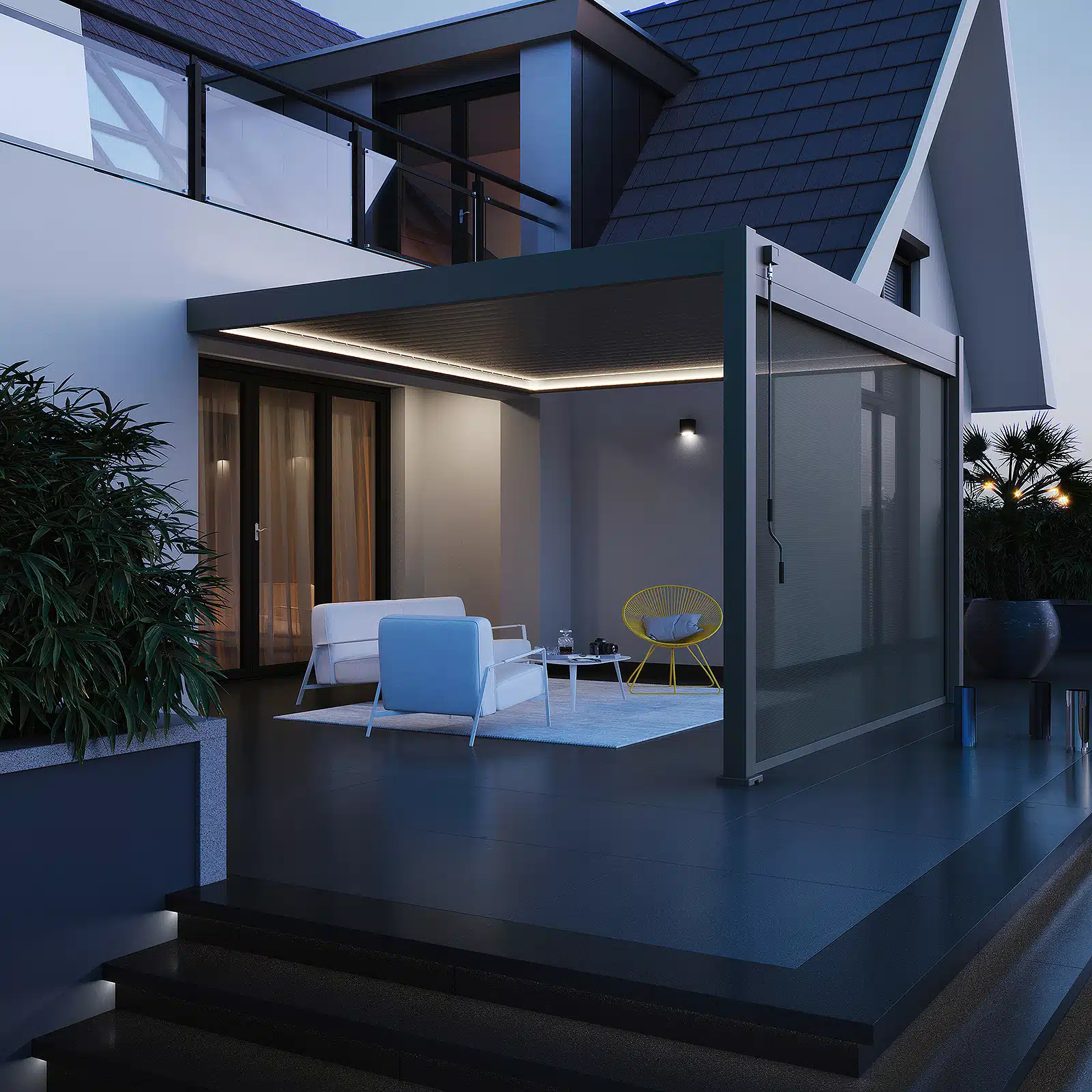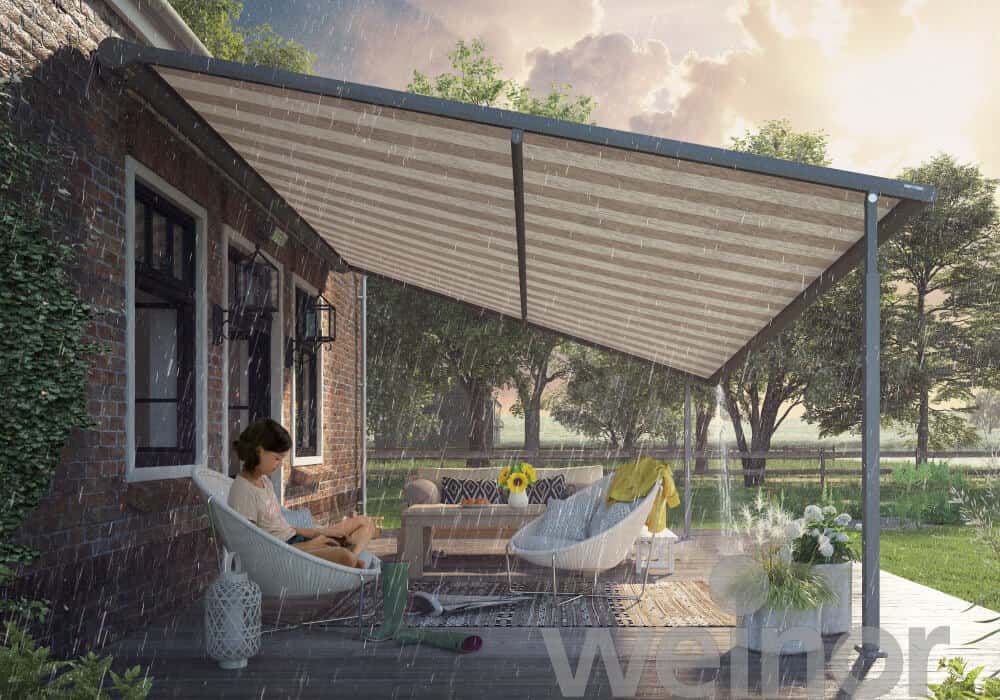
The Millennial Pizza Recipe | Cook It in Your Ooni Pizza Oven
If you’re looking for a pizza that’s fun, fresh, and bursting with flavour, this one’s for you. Inspired by the millennial favourite — smashed avocado
When a pergola graces your garden or outdoor living space, it becomes more than just an architectural feature; it carves out a sanctuary where shade, style and tranquillity coexist. Increasingly, innovations such as glass, louvered, and retractable pergola roofs have elevated both functionality and aesthetics, transforming outdoor areas into true living extensions of the home. Yet, like any element exposed to the whims of Irish weather and frequent gathering, these roofs require thoughtful attention to keep them looking sharp and performing at their best.

Dust, pollen, bird droppings, lichen, and even coastal salt can take their toll, particularly in our maritime climate. Regular maintenance can mitigate wear and tear, guard against moss and mould, and ensure those crisp lines and clear panels stay just as attractive as the day they were installed. By adopting a routine tailored to your particular pergola type, you not only extend its life but also preserve a welcoming space for years to come.
Not all pergola roofs are created equal. Glass structures, with their clarity and lustre, have specific vulnerabilities that differ from high-tech louvres or fabric-based retractables. Understanding why these roofing types need dedicated cleaning approaches helps prevent both cosmetic and structural damage.
While a glass roof showcases the sky above and floods your patio with light, it’s prone to streaks, water spots, or scratches if cleaned incorrectly. Louvered roofs, which tilt to control shade and sunlight, have moving parts and crevices that love to trap debris. Retractable roofs, usually crafted from fabric or flexible materials, can collect grime in their folds and are susceptible to mildew if moisture lingers too long.
Neglecting the specific needs of your pergola’s roof can lead to unsightly build-up, operational issues, and even voided warranties.
Glass roofs are favoured for their sleek appearance and ability to protect against rain while maximising natural light. But Irish rain and winds frequently leave behind droplet marks, dust, or algae residue.
Here’s an approach to keep your glass roof sparkling:

| Task | Recommended Frequency |
| General Cleaning | Monthly, or as needed |
| Thorough Inspection | Twice yearly |
| Check and Clean Gutters | Quarterly |
Routine checks support quick detection of potential issues, such as algae growth near seals, which can be swiftly addressed with a luke warm water & soap if it becomes a problem.
Louvered pergolas are prized for their flexibility; you can invite sunshine or block it, depending on your mood and the weather. Their smart engineering, however, introduces moving components, so dust, leaves, or even spider webs can impact their operation.

Louvred systems excel in rain, but their gutters can get blocked comparatively faster than others. Periodically clear internal channels and check drainage to avoid overflow and staining.
Retractable pergolas, with their adaptable roofs, ensure all-season enjoyment. Often made from UV-resistant fabric or a combination of textiles and clear vinyl sections, they’re as susceptible to organic build-up and hidden moisture as any garden parasol.

Irish weather throws up a unique set of challenges: high winds, coast-borne salt, relentless rain and, in sheltered spots, a riot of green growth spurred by moisture. Adapting your maintenance routine as the seasons shift can stave off unexpected repairs.
Planning for extremes, like gales or snow, is prudent. Some advanced louvered or retractable roofs offer automated wind and rain sensors, providing extra reassurance during sudden changes in weather.
For all their benefits, modern pergola roofs have some maintenance traps. A few simple habits can keep small issues from growing into more costly problems:
Even the most dedicated homeowners sometimes run up against stubborn stains, hard water etching, or mechanical glitches. Recognising when it’s safer and ultimately more cost-effective to engage a professional can make all the difference. This is particularly true for large glass expanses, intricate louvered roof mechanisms, or complex retractable fabrics.
Professional cleaning and service teams are equipped to:
Specialist servicing each year can be a wise investment when compared with major repair or component replacement. And, crucially, it keeps your building warranty intact.
| Pergola Roof Type | Basic Cleaning Tool | Key Maintenance Task | Caution |
| Glass | Microfiber/Squeegee | Remove mineral deposits, inspect seals | Avoid abrasives and high-pressure hoses |
| Louvered | Soft Brush/Cloth | Lubricate hinges, clear gutters | Don’t force moving parts when stuck |
| Retractable | Soft Brush/Vacuum | Regular fabric inspection/spot clean | Retract only when dry |
A pergola is an investment in outdoor living. Routine attention, tailored to your pergola’s specific design and material, keeps its beauty and utility at their peak, season after season.
Whether yours frames a sun-dappled garden or crowns a sociable patio, a regular rhythm of care means you’ll always have a space ready for relaxation, conversation or celebration. And when the Irish weather finally does its best to break through, you’ll be safe in the knowledge that you have a clean, efficient shelter to retreat beneath.

If you’re looking for a pizza that’s fun, fresh, and bursting with flavour, this one’s for you. Inspired by the millennial favourite — smashed avocado

Multi Fueled options| 100% Satisfied customers | Home & Commercial Pizza oven Love pizza? Imagine creating restaurant-quality pizza in your own back garden, anytime

Tips to Maintain your Pergola in Ireland From Industry Experts When a pergola graces your garden or outdoor living space, it becomes more than